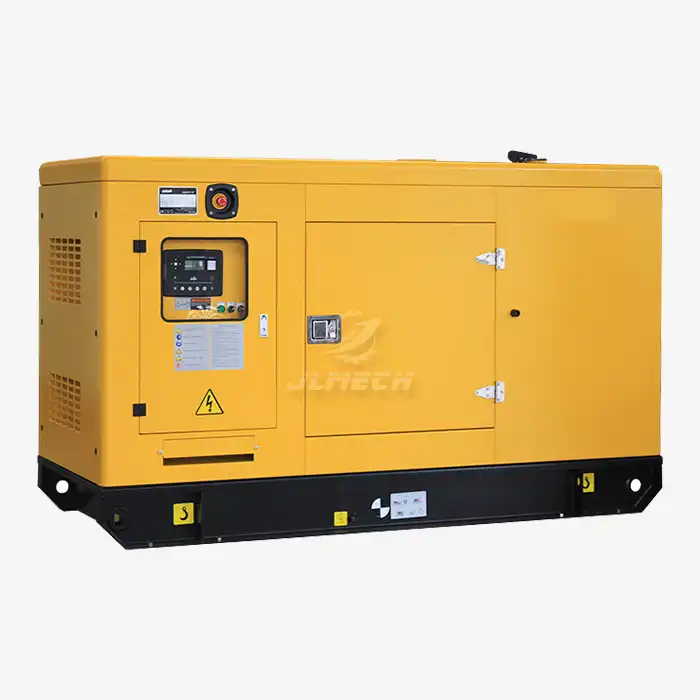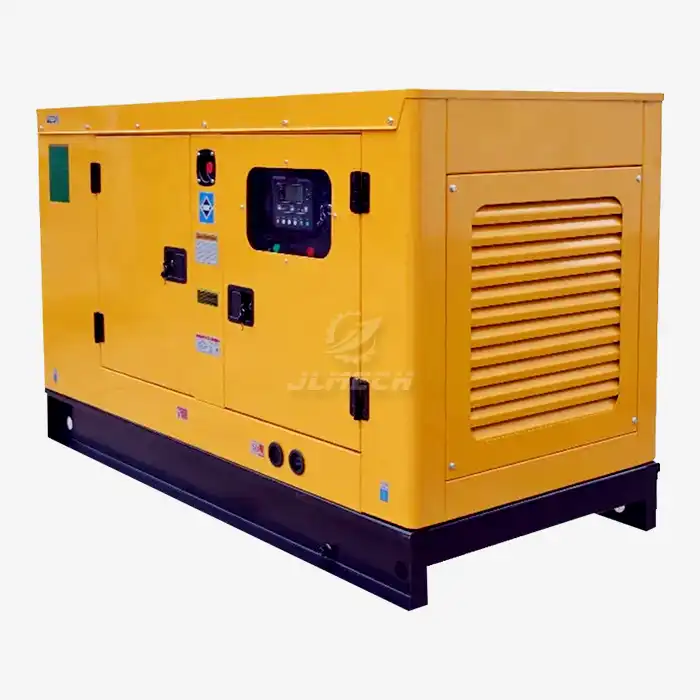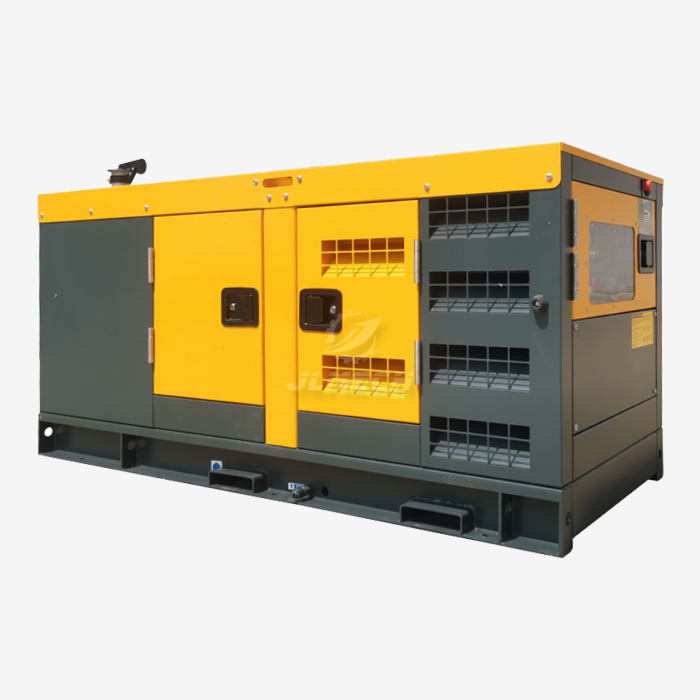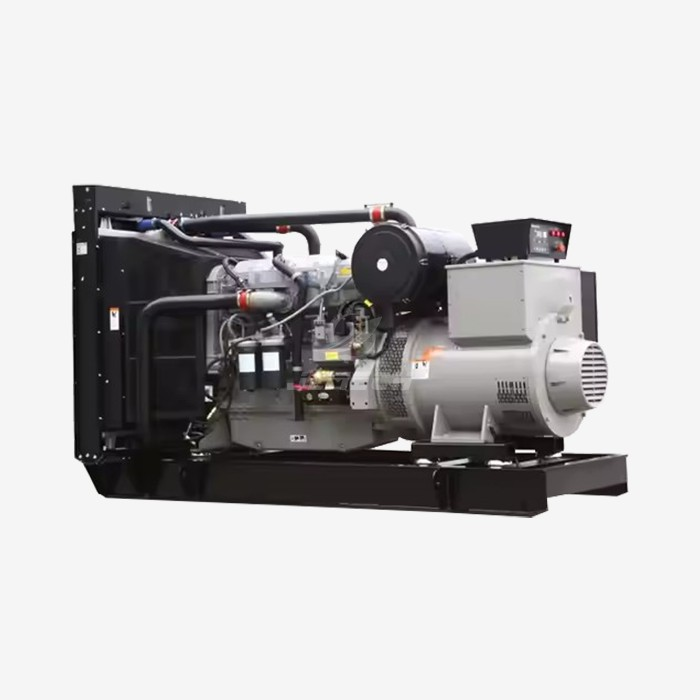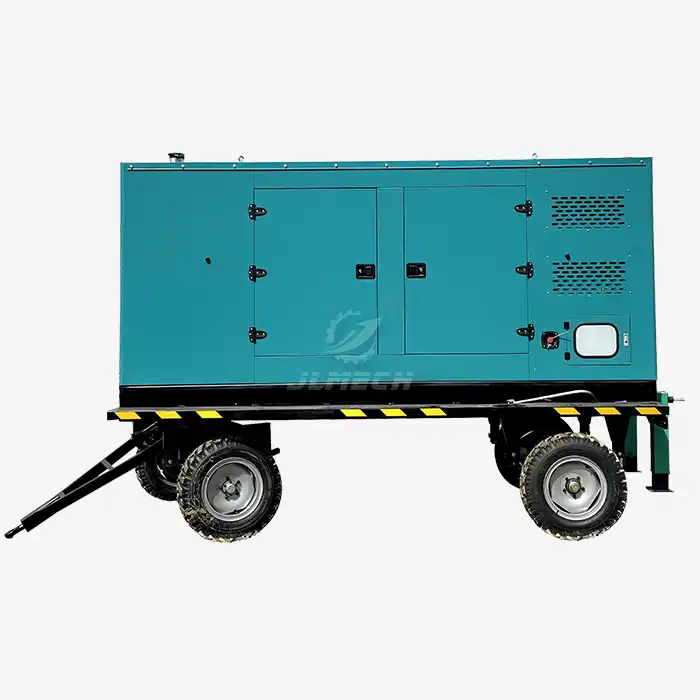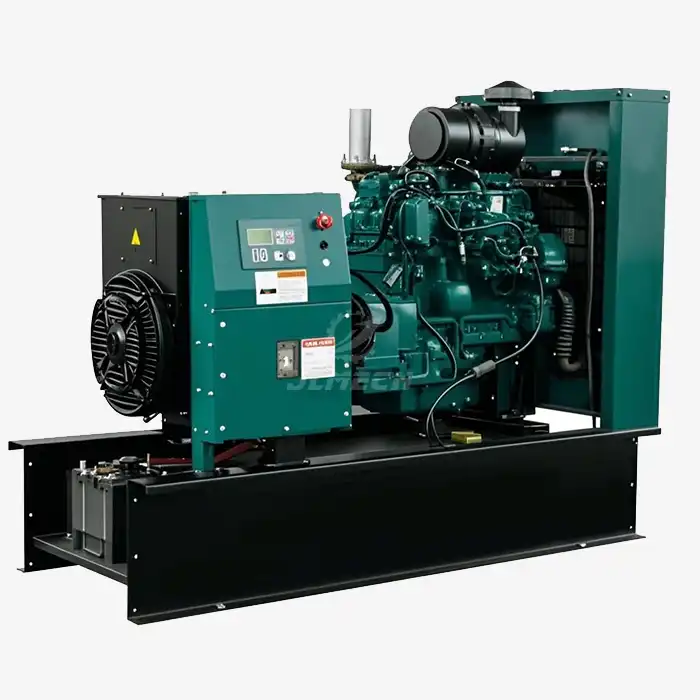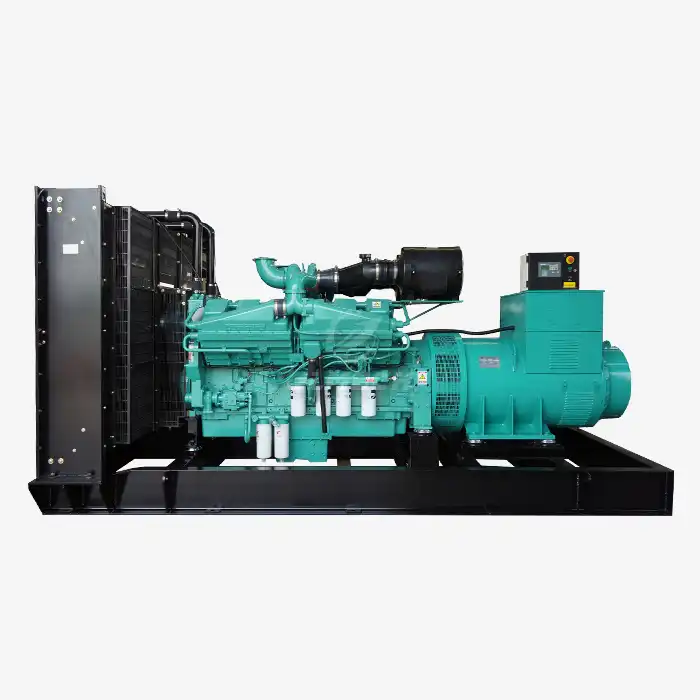What is a good decibel level for a generator?
When selecting a generator, power output and fuel efficiency often dominate the decision-making process. However, the generator decibel level is an equally critical factor that significantly impacts user comfort, regulatory compliance, and community relations. Understanding what constitutes an acceptable generator decibel level empowers you to make informed choices that balance performance with noise considerations. This comprehensive guide examines optimal generator noise levels across different applications, explains measurement standards, and explores strategies for achieving quieter operation without compromising power reliability.
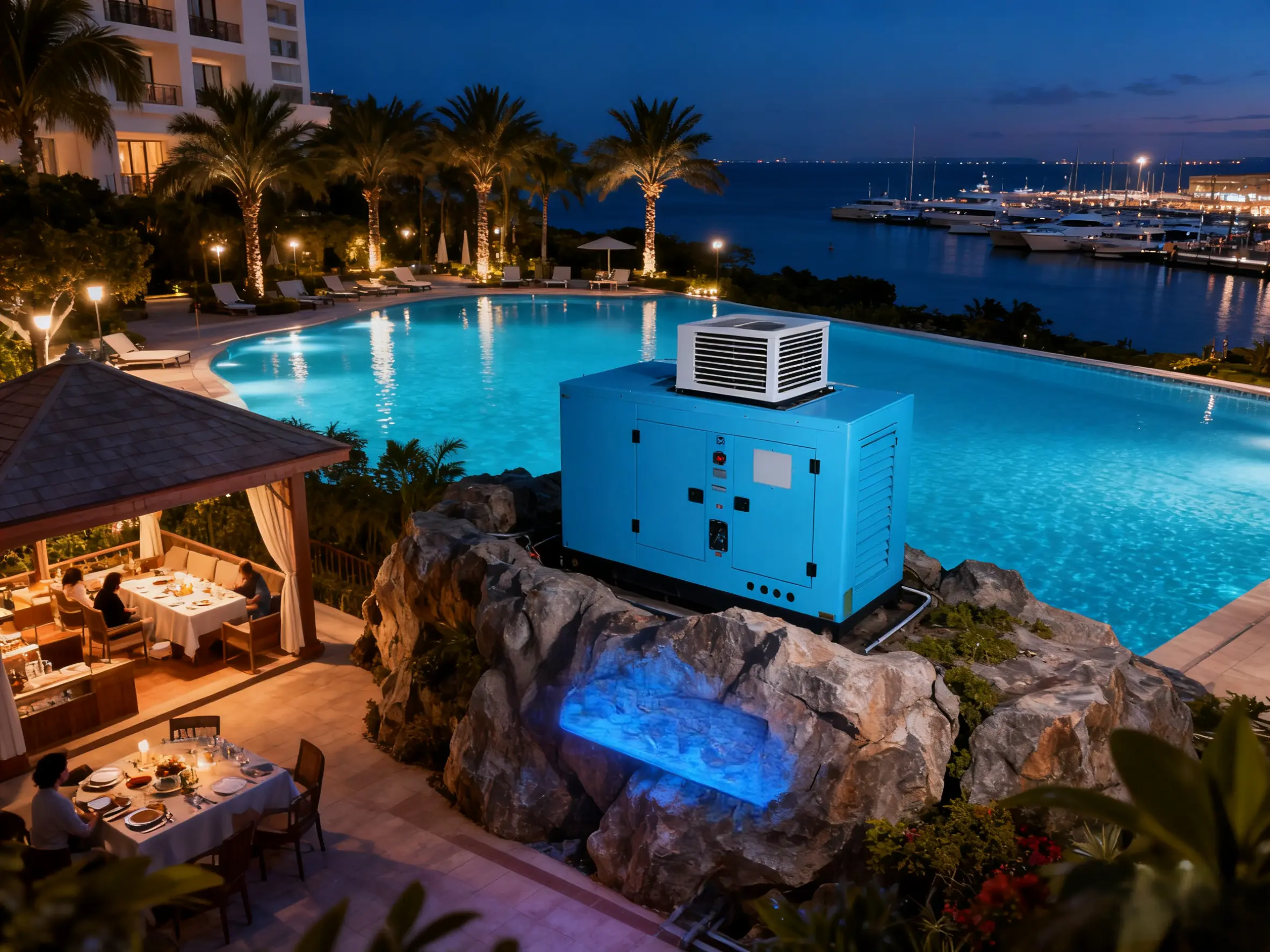
Why Generator Noise Matters
The importance of generator noise extends far beyond mere inconvenience. Excessive noise creates multiple operational challenges that affect both users and surrounding environments.
Health and Safety: Prolonged exposure to high noise levels can cause permanent hearing damage, increase stress, and contribute to other health issues. The risk of noise-related health problems makes proper generator decibel level management a serious safety consideration .
Regulatory Compliance: Most regions have established noise regulations for residential, commercial, and industrial areas. Understanding local ordinances ensures your generator operation remains compliant and avoids potential fines or operational restrictions .
Community Relations: Especially in residential settings, generator noise can create neighborhood disturbances. Selecting a generator with an appropriate generator decibel level demonstrates environmental responsibility and maintains positive community relations.
Application Suitability: Different use cases have varying noise tolerance levels. A generator suitable for an industrial construction site would be unacceptable for a campground or residential backup power application.
Typical Generator Noise Levels
Generator noise levels vary significantly based on size, design, and technology. Understanding this spectrum helps establish realistic expectations for different generator categories.
Portable Inverter Generators (50-70 dB): These represent the quietest option, with many modern inverter models operating at 50-60 dB at rated load. For example, some highly efficient portable units produce noise levels between 48-57 decibels, which is quieter than normal conversation . Their advanced technology allows variable speed operation that reduces noise during lighter loads.
Residential Standby Generators (65-85 dB): Designed for permanent installation, these units typically produce 65-85 dB at operating distance. Proper placement and sound-attenuating enclosures can reduce perceived noise at property boundaries.
Industrial Generators (85-110+ dB): Large industrial generators necessary for construction sites, manufacturing facilities, or hospital backup systems often generate 85 dB or more. At full load, some diesel generators can exceed 105 dB without acoustic treatment . These applications typically require substantial noise control engineering.
The specific generator decibel level for any model should be verified through manufacturer specifications, with measurements taken at standard distances (usually 7 meters or 23 feet for larger units).
Recommended Levels by Application
Matching generator noise output to your specific application ensures optimal performance while minimizing noise-related issues.
Residential Backup Power (60-70 dB): For home use, particularly in suburban neighborhoods, a generator operating at 60-70 dB measured at the property line provides reliable power without creating neighborhood disturbances. Many municipalities enforce noise limits of 65 dB during daytime and 55 dB at night for residential areas .
Recreational Use (50-60 dB): Camping, RV use, and outdoor events require the quietest possible operation. Inverter generators in the 50-60 dB range preserve the outdoor experience while providing necessary power. Some portable models specifically advertise quiet operation as a key feature .
Construction Sites (70-85 dB): These environments can accommodate higher noise levels, though worker protection regulations still apply. The constant noise of construction equipment often makes generator noise less noticeable, but hearing protection may be necessary for nearby workers.
Special Events (60-70 dB): For concerts, festivals, and outdoor gatherings, generator noise should not interfere with the event experience. Positioning and additional sound barriers can help achieve acceptable levels even with larger units.
Regulatory Standards and Compliance
Various regulations govern generator noise emissions, making compliance an essential consideration for generator selection and operation.
Workplace Regulations: Occupational Safety and Health standards in many countries limit worker exposure to 85 dB over an 8-hour period without hearing protection. This has implications for generator placement in industrial settings .
Environmental Noise Standards: Residential areas typically enforce stricter limits, often ranging from 55-65 dB during daytime and lower at night. These regulations are particularly relevant for standby generators that may operate automatically during power outages .
Product Certification: Some regions require generators to meet specific noise emission standards for sale and operation. Understanding these requirements ensures your generator selection meets all legal obligations.
International Standards: Standards like GB/T 17249.1-2025 provide guidelines for low-noise workplace design, including recommendations for machinery noise control that apply to generator installations .
Measuring Generator Noise
Understanding how generator noise is measured and reported ensures accurate comparisons between different models.
Distance Matters: Generator noise levels are typically measured at a standard distance (often 7 meters for larger units, 1 meter for portables). Always note the measurement distance when comparing specifications, as sound decreases with distance according to the formula: SPL2 = SPL1 - 20×Log10(D2/D1) .
Load Conditions: Noise output varies with electrical load. Most manufacturers specify noise levels at quarter, half, and full load. A generator may be significantly quieter at 50% load compared to full load.
Frequency Content: The human ear perceives different frequencies differently. "A-weighting" (dBA) accounts for this sensitivity and provides a more accurate representation of perceived loudness than unweighted decibel measurements.
Sound Power vs. Sound Pressure: Sound power level (Lw) represents the total acoustic energy emitted by the source, while sound pressure level (SPL) measures the sound at a specific distance. Sound power provides a more consistent basis for comparison as it's independent of measurement environment .
Noise Source Breakdown
Understanding where generator noise originates enables more effective noise control strategies.
Engine Noise: Mechanical noise from the engine includes combustion noise, valve train operation, and piston movement. Diesel engines typically generate more high-frequency mechanical noise than gasoline counterparts.
Airflow Noise: Cooling fans and intake systems create significant aerodynamic noise. This noise component increases dramatically with engine speed and cooling demand.
Exhaust Noise: Combustion exhaust produces broad-spectrum noise that often represents the dominant noise source. One source indicates that exhaust noise can exceed other noise sources by 10 dB(A) or more .
Alternator Noise: The generator head produces electromagnetic noise combined with cooling airflow and bearing sounds.
Structural Vibration: Engine vibrations transmitted through the frame or mounting system can radiate noise and even transfer to building structures in stationary installations .
Noise Reduction Strategies
Multiple approaches can effectively reduce generator noise across different applications and budgets.
Engineering Controls:
Acoustic Enclosures: Purpose-built enclosures can reduce noise by 10-30 dB through absorption, mass, and isolation principles. These may include specialized materials like JZT-type flame-retardant sound-absorbing sponge .
Advanced Exhaust Systems: Multi-chamber mufflers and reactive silencers can significantly reduce exhaust noise, which is often the dominant noise source .
Vibration Isolation: Anti-vibration mounts prevent structure-borne noise transmission. One approach uses PB-type plate damping pads to isolate vibration .
Intake and Exhaust Silencers: Specialized acoustic treatments for air intake and exhaust paths can reduce aerodynamic noise .
Administrative Controls:
Strategic Placement: Positioning generators as far as practical from noise-sensitive areas utilizes natural distance attenuation.
Barrier Walls: Constructing solid barriers between generators and sensitive areas can block direct sound transmission.
Operational Scheduling: Limiting generator operation during nighttime hours in residential areas helps maintain community relations.
Personal Protection:
Hearing Protection: In industrial settings where noise reduction is impractical, appropriate hearing protection for workers may be necessary.
Conclusion
Selecting a generator with an appropriate generator decibel level requires careful consideration of your specific application, regulatory environment, and community context. While industrial applications may tolerate higher noise levels, residential and recreational uses demand quieter operation typically between 50-70 dB. Understanding noise measurement, implementing effective reduction strategies, and prioritizing appropriate generator decibel level selection ensures your power solution meets both performance requirements and environmental considerations. The optimal generator delivers reliable power while respecting the acoustic environment of its intended application.
Our technical team specializes in helping clients select generators with appropriate noise characteristics for their specific applications. For personalized assistance in choosing the right generator with optimal generator decibel level for your needs, contact our experts at skala@whjlmech.com.
References
Johnson, M. (2022). Emergency Power Systems: A Comprehensive Guide to High-Speed Diesel Generators. Power Engineering Quarterly, 45(3), 78-92.
National Standards of the People's Republic of China. (2025). Acoustics—Recommended practice for the design of low-noise workplaces containing machinery—Part 1: Noise control strategies (GB/T 17249.1-2025).
Baidu Baike. (2025). Sound Power Level.



